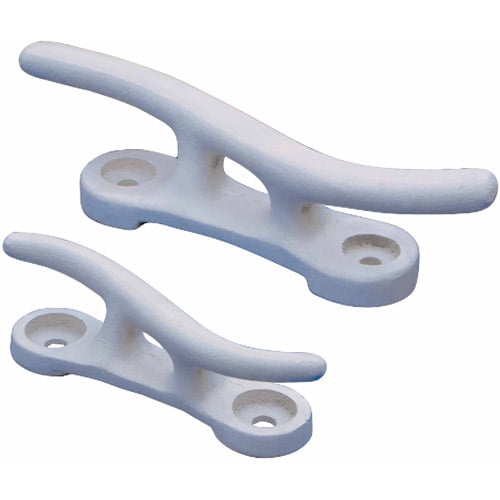

The transmitters can be operated from any location on the boat, automatically shut off after not being used for 30 minutes and can also be switched-off in a panic without a hitch. The transmitters also feature visual, audible and kinesthetic (vibration) indication. The receiver is mounted behind the helm and measures about 8.75” x 8.75.” Each Dockmate® system is unique and will not be disturbed by any other Dockmate®.Īs a safety measure, the receivers can be connected to up to 2 power sources. The Dockmate® signal reaches up to 150 feet (50 meters). If the transmitter somehow slips out of your hands, then all systems immediately go to neutral. Operation is easy, accurate, safe and reliable, and can be done from any location aboard the boat. An added benefit of the modular design is that the Dockmate can also be moved from your current boat to your new boat (when you buy it, of course). The system is modular so if you start with just engines and horn and want to add the thruster and/or anchor later, you can do that. The TWIN and TWIST transmitters send a coded digital signal to the receiver which operates the engine(s), thruster(s), anchor and horn. It is only the size of an iPhone and has a very simple, clear button layout. The Twist transmitter, preferably worn with the included neck strap, is completely waterproof and floats. Thankfully, with the Dockmate® wireless control system, docking your boat has never been simpler, so this thought will never cross your mind again.Īll boats with electronic engine controls can be equipped with the Dockmate® system, regardless of the length or type of the boat. At an MSRP of $39.95, it can be a lot cheaper than a divorce.Have you ever been out on the water and thought to yourself, “wow, I really wish I had an extra pair of hands on board to help me out with docking”? We’ve all been there because let’s face it, docking, operating and controlling your boat are not easy. We’ve seen too many cases of UV causing degradation of rubber, and we suspect the DockMate is something you’d want to keep for a long time. And, although the manufacturer characterizes the natural rubber loop as one that “withstands sun and salt water,” we’d recommend that the bundled loop end be slipped into an opaque bag for long-term exposed storage. That’s easy enough to deal with, though-a hook-and-loop strap or even a heavy rubber band will make it into a reasonably sized bundle. If we had a quibble about the DockMate, it’s that the loop can take up a fair amount of storage space. The soft white rubber of the loop also made for easy fending or pushing off: non-slip and non-marking. The loop, we found, worked like a charm for snagging and holding cleats and dropping over pilings. The pole extends from 3’ to 6’ (with the usual twist-to-lock arrangement). The manufacturer claims a tensile strength of 900 pounds-we can’t be sure of this, but it held the weight of a 200-plus-pound tester with no signs of difficulty. The loop itself is formed of ½”-thick rubber-thin enough to slip under most dock cleats, and quite strong.

If not, make one yourself from an old boat hook.ĭockMate is, essentially, a telescoping aluminum pole with a 12” inside diameter white rubber loop attached to the pole’s business end (the other end has a typical boat hook’s handle). You may be able to find it(or something like it) at a marine supply house. It was originally made by Shoreline Supply, PO Box 99, Crystal Lake IL 60039, 815/477-2927) which apparently no longer exists. And it seems the job is often assigned to the fairer sex.ĭockMate can go a long way toward smoothing things out. We suspect that a major source of friction between boaters and their wives/Significant Others/lady friends is the fact that a conventional boathook is very poorly designed for snagging a dockside cleat or piling. The DockMate is a simple white rubber loop attached to a telescoping aluminum pole.


 0 kommentar(er)
0 kommentar(er)
